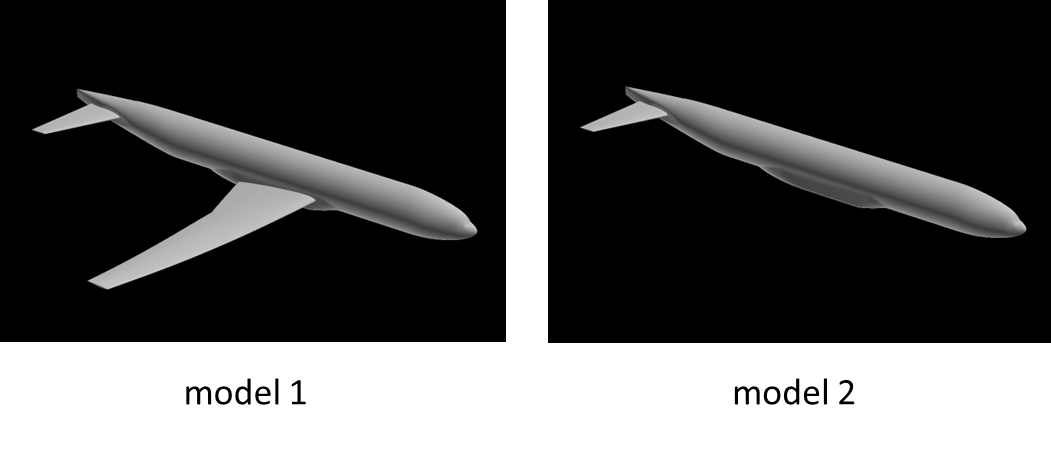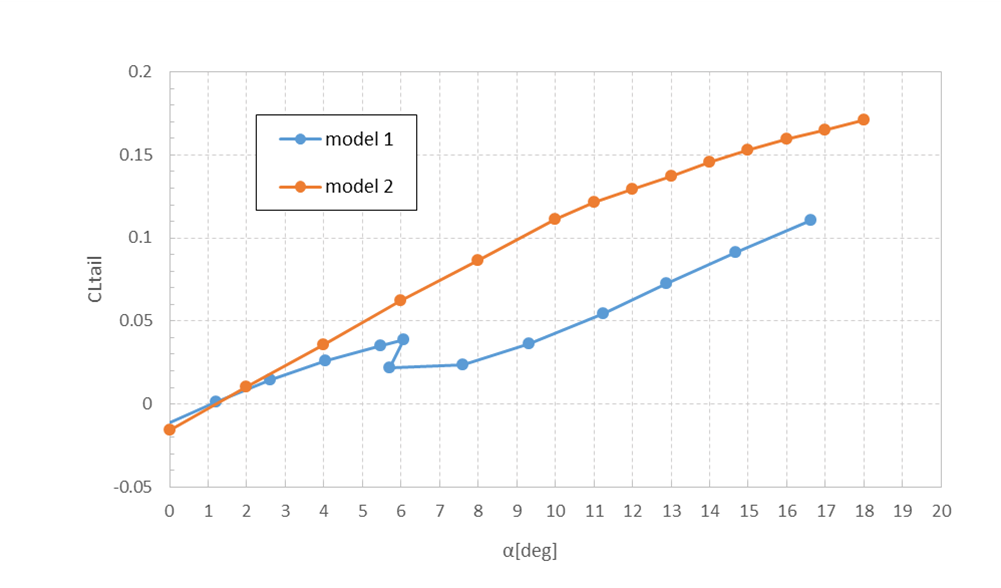Numerical study on low-speed buffet
JAXA Supercomputer System Annual Report April 2017-March 2018
Report Number: R17ETET26
Subject Category: Skills Acquisition System
- Responsible Representative: Takashi Aoyama, Aeronautical Technology Directorate, Numerical Simulation Research Unit
- Contact Information: Masashi Kanamori kanamori.masashi@jaxa.jp
- Members: Masashi Kanamori, Takahiro Yoshikawa
Abstract
It is of a great importance to predict a so-called low-speed buffet phenomenon for realizing safer flight. During a flight with a high angle-of-attack condition in a low-speed regime, separated flow at a leading edge of main wing impinges on its tail, resulting in a hazardous vibration. Our research group works on a preliminary study on low-speed buffet by means of computational fluid dynamics (CFD) in order to grasp the essence of the phenomenon.
Reference URL
N/A
Reasons for using JSS2
It is absolutely necessary to prepare a computational grid with high-resolution near the separated zone in order to predict a low-speed buffet phenomenon accurately. The number of grid point is of the order of tens of millions, which is prohibitively large from a view point of a computation with a personal computer. The processing capability of JSS2 is therefore necessary for our research.
Achievements of the Year
Two models were considered in this study; NASA Common Research Model (NASA CRM) as model 1 and the same model without main wing as model 2 as shown in (Fig.1). Comparison of flowfield around each model were conducted by carefully calculating the effective angle of attack of the tail by subtracting a downwash from a flow velocity in the flowfield around model 1. (Fig. 2) presents a variation of lift coefficient of the tail against its effective angle of attack, clearly showing an apparent difference in lift coefficient at angle of attack of 8 degrees, at which model 1 began to stall. This indicates a clear correlation between a stall of main wing and a sharp drop of the lift of a tail.
Publications
N/A
Usage of JSS2
Computational Information
- Process Parallelization Methods: MPI
- Thread Parallelization Methods: N/A
- Number of Processes: 512
- Elapsed Time per Case: 12.00 hours
Resources Used
Fraction of Usage in Total Resources*1(%): 0.20
Details
Please refer to System Configuration of JSS2 for the system configuration and major specifications of JSS2.
| System Name | Amount of Core Time(core x hours) | Fraction of Usage*2(%) |
|---|---|---|
| SORA-MA | 1,585,547.03 | 0.21 |
| SORA-PP | 864.95 | 0.01 |
| SORA-LM | 929.75 | 0.48 |
| SORA-TPP | 0.00 | 0.00 |
| File System Name | Storage Assigned(GiB) | Fraction of Usage*2(%) |
|---|---|---|
| /home | 476.84 | 0.33 |
| /data | 9,765.63 | 0.18 |
| /ltmp | 1,953.13 | 0.15 |
| Archiver Name | Storage Used(TiB) | Fraction of Usage*2(%) |
|---|---|---|
| J-SPACE | 0.00 | 0.00 |
*1: Fraction of Usage in Total Resources: Weighted average of three resource types (Computing, File System, and Archiver).
*2: Fraction of Usage:Percentage of usage relative to each resource used in one year.
JAXA Supercomputer System Annual Report April 2017-March 2018




